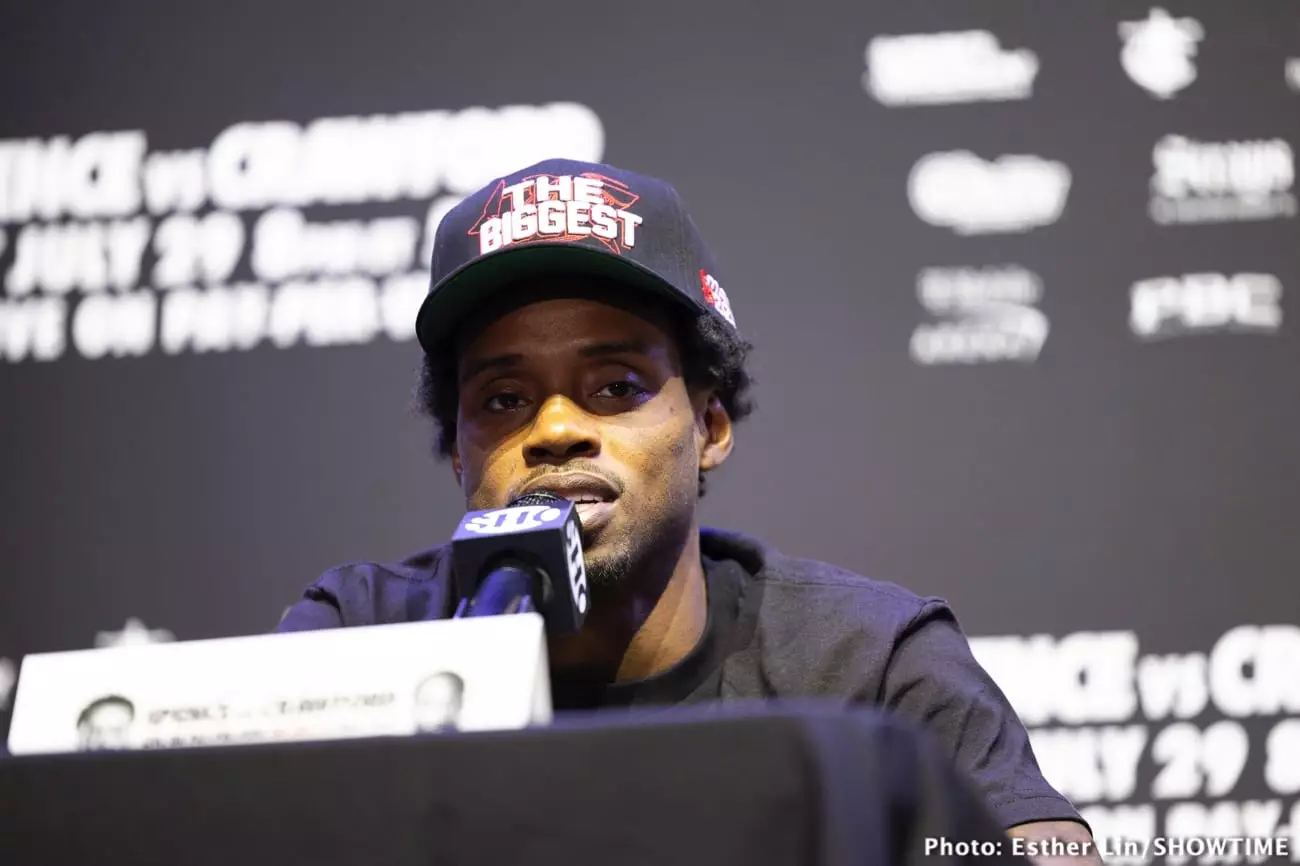In a surprising turn of events, Errol Spence Jr. took to Instagram to clarify that he will NOT be facing the WBC and WBO junior middleweight champion, Sebastian Fundora, on March 29th in Las Vegas, a bout that had been generating considerable buzz. Spence’s brief announcement did not indicate any timeline for a future match, leaving fans and analysts alike questioning his next steps in the boxing arena. With no details on when he will return to the ring, it allows for a multitude of speculations regarding his career trajectory following his devastating defeat to Terence Crawford last summer.
The Risks of Competing Pay-Per-View Events
The peculiar timing of this announcement correlates with the fact that Gervonta Davis is set to defend his WBA lightweight title against Lamont Roach on March 1st. From a promotional standpoint, having two high-profile pay-per-view events in the same month presents a significant risk for Premier Boxing Champions (PBC). Such overlap could dilute audience interest and ultimately harm financial returns. Given Spence’s profile, it is reasonable to assert that his fight would be overshadowed, and thus, it seems prudent to avoid scheduling it for the same month as another marquee fight.
Spence’s reluctance to rush back into the ring may be linked to the psychological and physical toll of his loss to Crawford, where he was defeated in a ninth-round knockout. The aftermath of such a crushing defeat often requires not just physical recovery but also a mental reset, which can take time. Spence’s extended hiatus since his July loss indicated his comfort in taking a break, given his financial security. Indeed, earning a substantial purse from his fight against Crawford has afforded him the luxury of time—a luxury not all fighters can indulge in.
The disparity in financial circumstances among boxers can significantly affect their career choices. While many fighters are accustomed to a frenetic schedule to secure their livelihoods, Spence finds himself in a different position. With a substantial nest egg accrued over a 13-year professional career, he can afford to step back and not rush into competition. This could be viewed as a double-edged sword; on one hand, it allows him the time necessary to recover and strategize his return, but on the other, it raises the question of commitment and determination to stay relevant in a sport that is continuously evolving.
As Spence navigates these crossroads, fans are left in suspense about his future in the sport. The uncertainty surrounding potential matchups, alongside Spence’s self-identified timeline—or lack thereof—poses critical questions about his place in the boxing hierarchy moving forward. In a sport defined by its competitive nature, extended periods of inactivity can lead to a fighter’s decline in prominence. Only time will tell how Spence manages this pivotal moment in his career and whether he will return to reclaim his status as one of the elite fighters in boxing.


Leave a Reply